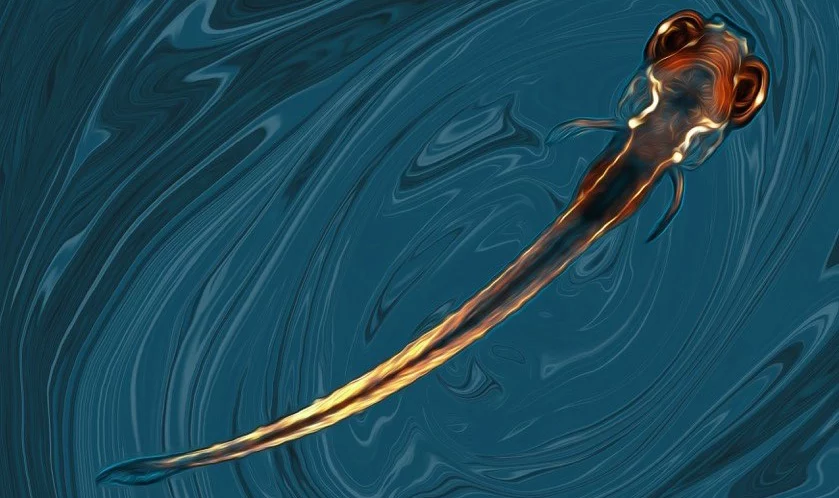Go against the flow

Understanding brain function generally requires a deep engagement with the matter at least at two separate levels. These are the level of behavioral algorithms on the one hand and the level of neural implementation on the other. These questions can be rephrased as “What exactly is the brain doing?” and “How does it do whatever it is doing?”. Central to this division of labor in the brain sciences is the idea, inspired by David Marr, that the brain implements algorithms, whether for sensory processing, decision making, or motor control, and that these algorithms can be inferred from careful observation of ethologically relevant behaviors. Once a particular algorithm is understood and delineated, we can interrogate its neural implementation by measuring from and manipulating the underlying neural circuits in the context of behavior. Uncovering behavioral algorithms usually does not require modern and cutting edge technologies like optogenetics, wholebrain imaging and genetic editing, it merely requires precise observation, thorough experimental design and, most importantly, rigorous and deep thinking. Such basic scientific qualities are somewhat threatened, and often considered quaint, in the modern era of big data, high throughput and cutting edge technologies. In light of these concerns it comes as a truly pleasant surprise that a study based exclusively on such somewhat antiquated techniques can still find a place in a high impact journal and generate plenty of enthusiasm in the scientific community. The study published recently in Nature by the group of Florian Engert at Harvard in collaboration with the group of Ruben Portugues at the Max Planck Institute of Neurobiology relied entirely on the old-fashioned technique of careful behavioral observations and could have been accomplished in the same form half a century ago. As such it might as well considered “timeless”.
In short, they wanted to know how a larval zebrafish, when placed into a flowing body of water, can detect the presence of the current and then effectively swim against it. More precisely, the group, spearheaded by the team of Pablo Oteiza and Iris Odstrcil, identified the lateral line as one of the main sensory modalities the fish can use to detect that it is drifting with respect to the shore – and more importantly - they could uncover the precise algorithms that translate this sensory input into the appropriate motor commands.
